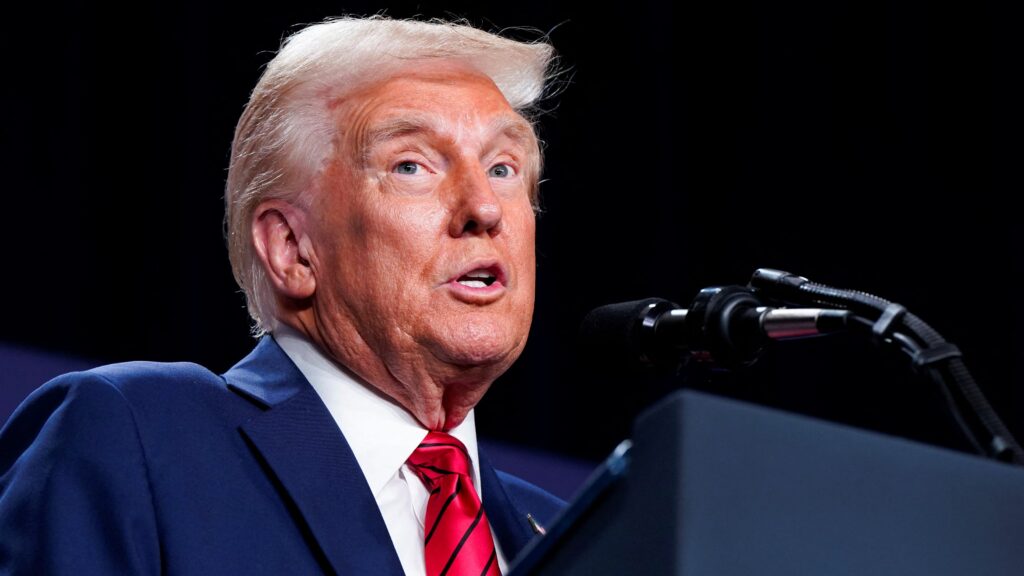President Donald Trump recently implemented a tariff policy that contradicts his past promises of lowering gas prices, boosting manufacturing, and reducing migration. The new tariffs, targeting imports from Mexico, Canada, and China, could significantly impact the economy as these countries are major trading partners of the United States. The tariffs, ranging from 10% to 25%, are expected to increase prices for American consumers and may lead to retaliatory measures from the affected countries, further harming U.S. exporters.
Previous studies have shown that American consumers bear the brunt of tariffs, with the average household facing increased costs. The tariffs could also lead to a stronger dollar, making U.S. exports more expensive and potentially reducing sales. The automotive industry, heavily integrated across North America, would be particularly vulnerable to these tariffs, disrupting supply chains and harming manufacturers.
The potential consequences of these tariffs extend beyond economic impacts, with Mexico, in particular, facing significant challenges due to its heavy reliance on exports to the U.S. A weakened Mexican economy could exacerbate illegal border crossings, contrary to Trump’s goals. The president must now decide whether to continue down the path of protectionism or find alternative ways to achieve his policy objectives. Ultimately, the implementation of these tariffs could present a significant dilemma for Trump as he seeks to navigate economic and political complexities.

